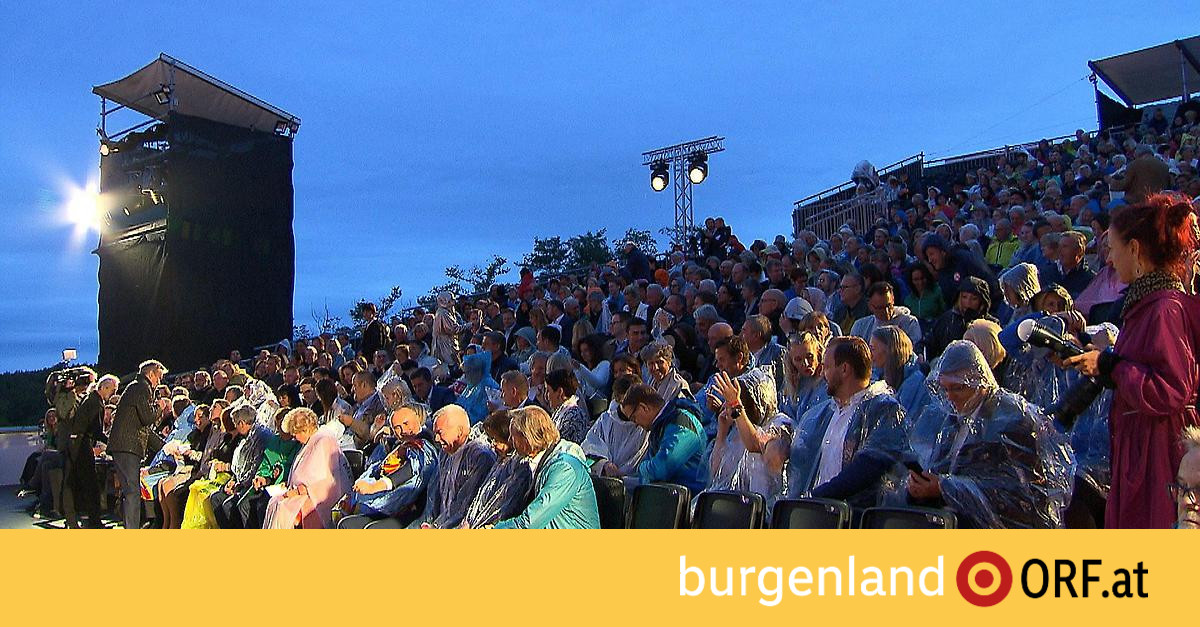Jakarta –
The story in the movie ‘Oppenheimer’ might make us imagine what if there was an attack nuclear bomb. Will we have time to find shelter?
Protecting yourself from a nuclear bomb is out of the question if you are in the heavy damage zone, as anything too close simply vaporizes. But what if we are farther away from the explosion site?
One study used simulation to test how people sheltering in different parts of the room dealt with an atomic bomb blast from an intercontinental ballistic missile.
Advanced computer modeling allows simulations to take into account windows, corridors, doors and the shape of a room when looking at the best and worst places to protect against a nuclear explosion.
They look specifically at the damage caused by the electromagnetic waves generated by the explosion, which are often powerful and fast enough to send any object into the air. The study did not take into account the widespread and long-lasting effects of radiation after the explosion.
While stronger concrete block-type buildings are sometimes strong enough to survive blast waves, research has shown that being in a standing building is not necessarily safe.
In fact, the tight space inside can actually contribute to airspeed resulting in gusts of wind that can tear corners with a force 18 times the weight of the human body. However, there are some places that can prove to be far more dangerous than others.
“The most critical indoor locations to avoid are windows, corridors and doors,” said study author Ioannis Kokkinakis as quoted by IFL Science.
“People should move away from the site and take cover immediately. Even in an antechamber facing the explosion, one can be safe from the high airspeed if placed in a corner of the wall facing the explosion,” he said.
Apparently, getting into a windowless room, such as a closet, might be the best bet in case of an emergency. However, surviving the blast wave was only the beginning. This is because history shows that areas bombed with nuclear weapons can experience cases of death as aftershocks for months or even years after the explosion.
“Prior to our study, the danger to people inside reinforced concrete buildings that withstand blast waves was unclear,” said co-author Dimitris Drikakis.
“Our study shows that high airspeed remains a considerable hazard and can still result in severe injury or even death.”
Nuclear bombs generate their destructive power from nuclear reactions. In the case of the early atomic bombs, such as those used on Hiroshima and Nagasaki, this was a fission reaction. Fission occurs when a neutron strikes the nucleus of isotopes, such as uranium-235 and plutonium-239, then splits the nucleus and releases large amounts of energy and neutrons.
The newly released neutrons then attack other nuclei, splitting them apart to release more energy and more neutrons, and so on. This chain reaction almost instantly releases a tremendous amount of energy, notably more than that of conventional explosives.
If a nuclear bomb explodes, nearby people only have seconds to move to a safer location before the blast wave reaches them. But the researchers hope that by increasing our understanding of protecting weak points, people can better follow injury prevention and rescue advice in the event of a nuclear explosion.
Watch the video “There’s an Atomic Bomb and a Nuclear Bomb, What’s the Difference?”
(rns/rns)
2023-08-04 05:40:29
#Nuclear #Bomb #Attack #Worst #Shelter


